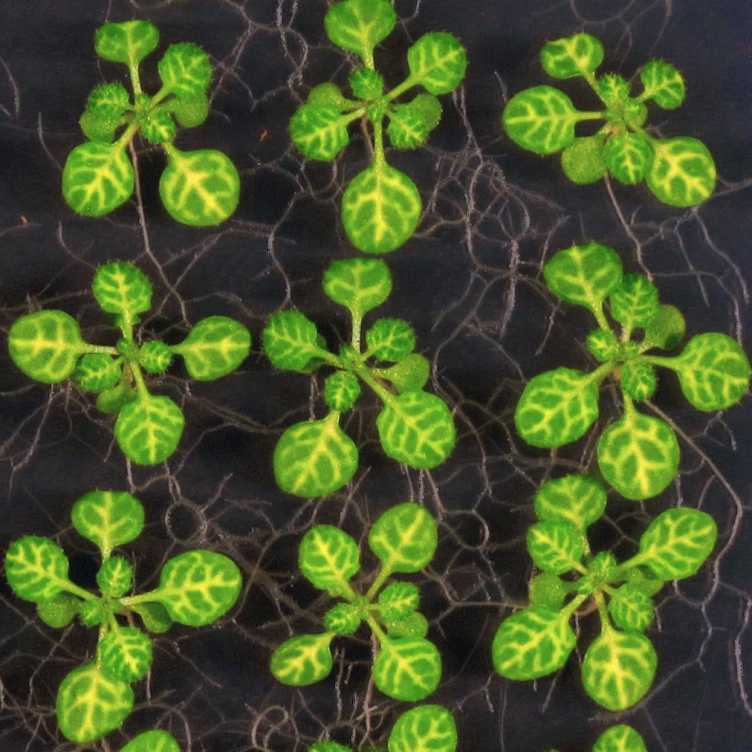microRNA cell-to-cell and vascular movement requires the Arabidopsis EXPORTIN5 ortholog
In a recent EMBO Journal study the Voinnet group (IMBP) identifies the Arabidopsis EXPORTIN5 ortholog as the first component required for both cell-to-cell and long-distance movement of plant microRNAs. This work clarifies a process that, while agronomically important, had remained cryptic so far.

Gene regulation by RNA silencing mediated by small RNAs (sRNAs) is widespread in eukaryotic life including in plants. Remarkably, a class of plant sRNAs called microRNAs act not only in the cells where they are produced, but also at a distance, by travelling cell-to-cell and through the vasculature. Mobile miRNAs act as key positional signals during development but also as long-distance stress regulators: being used as systemic signals, they can adapt, in near-real time, the gene expression landscape of stress-distal growing points, thereby contributing to the remarkable phenotypic plasticity of plants.
Since the underlying mechanisms have remained unknown, the Voinnet group devised a visual reporter for microRNA movement and conducted a forward genetic screen for movement-deficient mutants, which isolated many alleles of HASTY (HST), the Arabidopsis XPO5 ortholog. They found that, independently of its exportin activity, HST cell-autonomously regulates cell-to-cell and vasculature-dependent microRNA movement in microRNA-emitting, but not microRNA-receiving, tissues. This control is likely coupled with microRNA biogenesis in the nucleus of miRNA-emitting cells. HST is not required for movement of a diffusible protein or small interfering (si)RNAs, indicating a miRNA-specific function. This discovery prompts the intriguing and somewhat counterintuitive idea that sRNA movement can be cell-autonomously regulated including via nuclear cues integrated in silencing-incipient cells.
Link to the publication in external page EMBO Journal